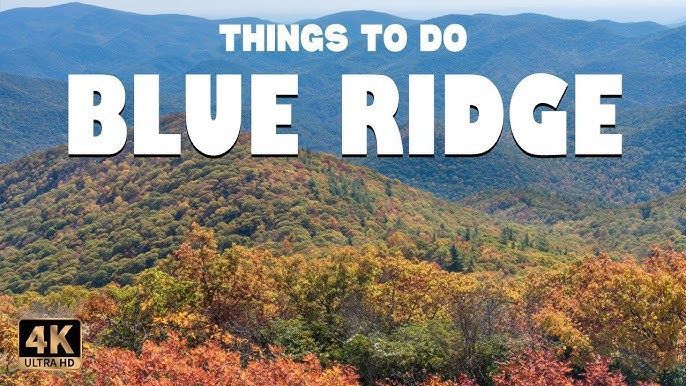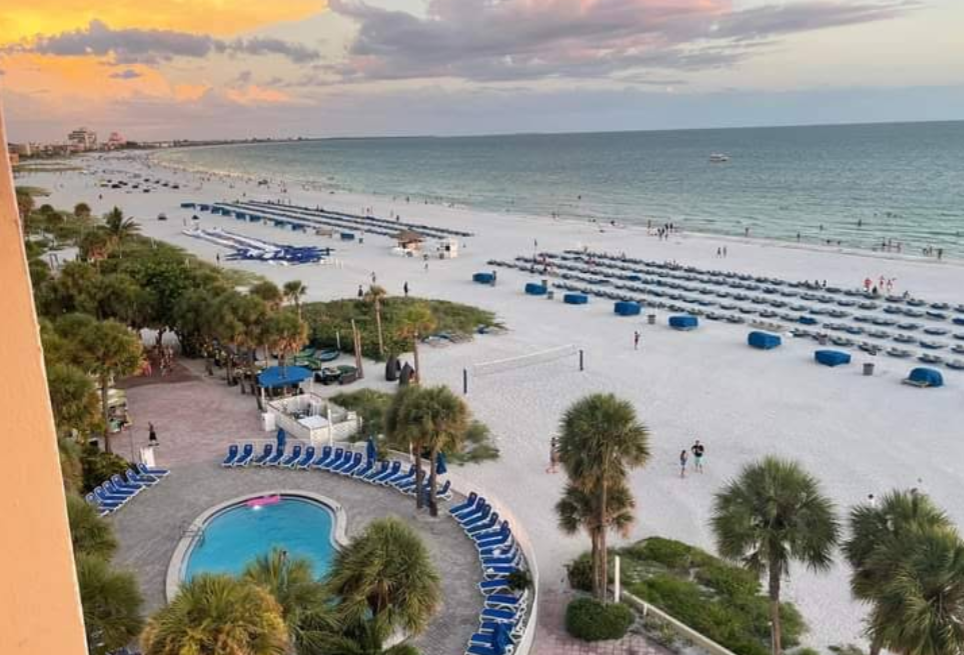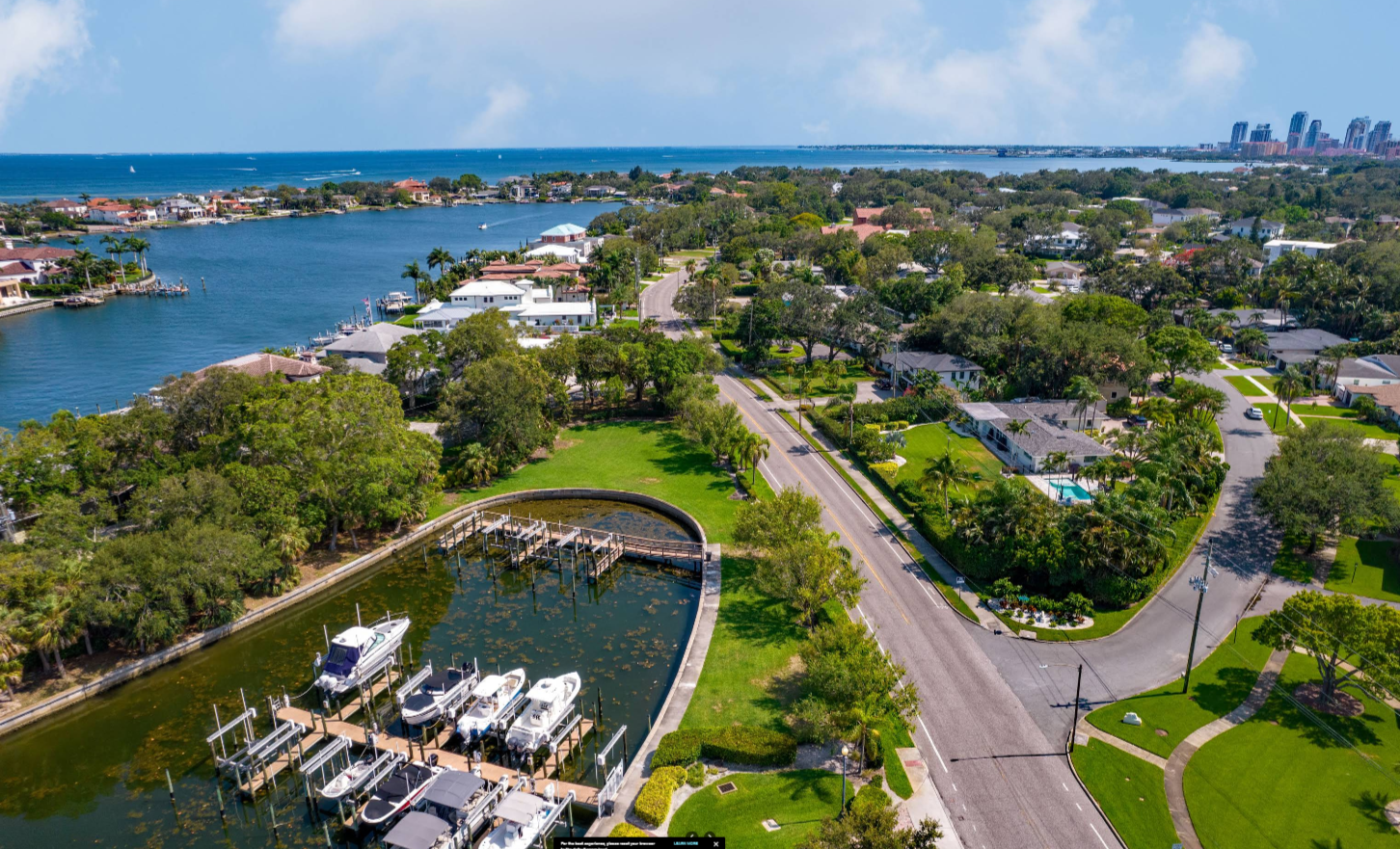The Airbnb market is still going strong — but it’s evolving in ways investors can’t afford to ignore. Bookings are up, guest expectations are shifting, and hosts are getting more strategic about where (and how) they list. Whether you own one unit or twenty, understanding the data behind today’s short-term rental (STR) landscape is key to staying ahead.
Let’s dive into the numbers that matter most this year — starting with a snapshot of how the Airbnb ecosystem is performing.
Quick Snapshot: Where Airbnb Stands in 2025
2025 has been a defining year for short-term rentals. Overall performance has held steady, with Airbnb showing resilience despite regulatory headwinds and economic tightening in some markets. Instead of wild growth, we’re seeing smarter, more balanced expansion — especially among investor-backed hosts and emerging professional operators.
Here’s a quick breakdown of where things stand:
Airbnb 2025 Performance Scorecard
| Metric | Value | Notes |
|---|---|---|
| Active Listings (Global) | 7.7 million+ | Steady growth, especially in suburban and rural regions |
| Nights & Experiences Booked | 132 million (Q1 annualized) | Driven by international demand and returning urban travel |
| Revenue | $2.1 billion (Q1) | Strong despite flat ADRs in some markets |
| Average Daily Rate (ADR) | $173 | Holding steady after pandemic highs; luxury segment is slightly up |
| Occupancy Rate (U.S.) | 56.2% | Down year-over-year, but stabilizing after supply expansion |
| Top Performing Segment | 3–10 unit hosts | Outpacing single-property owners on both occupancy and revenue |
| Net Income Margin (Airbnb Inc.) | 40%+ | Profitability remains a highlight vs. traditional hospitality |
How Supply & Host Strategy Are Evolving
If 2024 was about recovery, 2025 is about refinement. The market is maturing, and so are the hosts driving it.
Instead of mass-scale expansion, we’re seeing smarter supply: more listings in underserved destinations, sharper design decisions, and stronger operator tech stacks. The biggest shift? Investors are building micro-portfolios — three to ten properties in high-demand areas — and dominating occupancy rates.
Here’s how supply is changing this year:
Where the Listings Are Growing
| Market Type | Supply Growth YoY | Notes |
|---|---|---|
| Suburban Areas | ↑ 18% | Especially near second-tier cities and outdoor attractions |
| Rural Destinations | ↑ 23% | Demand driven by experiential travel and remote work escapes |
| Urban Centers | ↓ 4% | Saturation and regulation limiting new entries |
| Luxury Segments | ↑ 9% | Premium listings still attract high-value guests |
| Shared Spaces | ↑ 12% | A comeback driven by budget-conscious and solo travelers |
What Guests Want in 2025 from Airbnb Hosts (and What’s Driving Bookings)
Short-term rental demand hasn’t disappeared — it’s just changed shape. Travelers are still booking, but their priorities have evolved. Whether they’re taking a remote “workcation,” planning a solo recharge, or splurging on once-in-a-lifetime experiences, guests in 2025 are more intentional than ever.
Hosts that adapt to these expectations — in design, pricing, and amenities — are seeing stronger returns.
Top Amenities Driving Bookings in 2025
| Amenity or Feature | Booking Impact | Notes |
|---|---|---|
| Fast, reliable Wi-Fi | High | Non-negotiable for work-from-anywhere guests |
| Dedicated workspaces | High | Still a top driver for extended stays |
| EV charging stations | Moderate to high | Increasingly sought after, especially in suburban zones |
| Pet-friendly policies | High | Expands audience and improves review likelihood |
| Hot tubs & fire pits | High in rural/luxury stays | Key differentiators for outdoor properties |
| Unique design/aesthetic | Very high | Instagrammable = bookable |
The Rise of “Experience-First” Travel
Travelers are no longer just looking for a place to sleep — they’re looking for a feeling. Experience-first travel is dominating guest behavior in 2025. That means hosts who create immersive, local, or niche-based stays are pulling ahead of the competition.
What’s working right now?
- Themed stays (e.g. retro cabins, boho bungalows, minimalist zen homes) that feel like an experience in themselves
- Nature-forward properties (glamping, eco-lodges, cabins) located near trails, parks, and rivers
- Local partnerships with tour guides, private chefs, or small businesses
- Group-friendly layouts with bunk rooms, dual master suites, and open entertainment areas
If your STR feels like a memory before the guest even arrives, you’re in the right lane.
How Guest Behavior Is Shifting
Let’s talk booking behavior. The way people plan and reserve their Airbnb stays has shifted in a few important ways this year:
Booking Trends Among 2025 Guests
| Behavior Shift | Description |
|---|---|
| Shorter booking lead times | Guests are waiting longer to commit — last-minute bookings are up |
| Longer average stays | Especially among remote workers and digital nomads |
| Off-peak travel rising | Guests are seeking shoulder-season deals and avoiding high traffic |
| Solo travel up | Gen Z and millennials are leading this trend |
| Multi-gen family trips | Boomers are booking larger properties to host whole-family stays |
STR Regulations Are Evolving — Fast
Regulation is one of the biggest forces shaping the Airbnb market in 2025. Cities, counties, and states are responding to housing shortages, neighborhood disruption, and tax enforcement pressures. Some are tightening the screws; others are formalizing pathways for legal short-term rentals.
Here’s what hosts and investors are navigating right now:
Key Trends in STR Regulation
| Regulation Trend | Impact on Hosts |
|---|---|
| Permit requirements expanding | More cities now require STR registration or licensing |
| Caps on rental nights | Nightly rental limits in place in tourist-saturated areas |
| Zoning enforcement | Suburban and resort zones facing tighter controls |
| Tax collection modernization | Platforms auto-remitting local occupancy taxes |
| STR registry systems | Public registries being rolled out for transparency |
For investors, this means due diligence is no longer optional — it’s foundational. Understanding local STR law is now just as important as analyzing cash-on-cash return.
Where the Market Is Still Ripe for Growth
Although some urban markets are feeling the weight of saturation or regulation, others are seeing accelerated demand — especially secondary and rural markets.
What’s working in 2025?
- Drive-to destinations within 2–4 hours of major cities
- Markets with flexible regulation
- Areas with low hotel density and high event/tourism draw
- Up-and-coming neighborhoods with good access and walkability
Suburbs near metros, lakeside communities, and small towns with tourist appeal are where many investors are now planting their next flag.
Economic Sensitivity of the Rental Market: Rates, Recession Talk & Risk
Many investors are still navigating the aftereffects of rate hikes and affordability constraints. While interest rates are no longer climbing like they did in 2022–2023, they remain high enough to make underwriting a deal tight.
Key considerations:
- Mortgage rate pressure means less leverage, more cash buyers
- Inflation’s impact on goods, services, and guest pricing expectations
- Recession sentiment lingers in some sectors, pushing guests to book shorter, value-driven stays
- Dynamic pricing strategies are critical for occupancy and profitability
That said, STRs continue to outperform traditional long-term rentals in many high-demand markets, even with higher holding costs. Savvy hosts are responding with sharper pricing strategies, targeted amenities, and a close eye on ROI.
Final Thought: The Winners in 2025 Are the Ones Who Adapt
Airbnb investment in 2025 isn’t about chasing viral listings or guessing the next hot city. It’s about making strategic moves in a maturing short-term rental market.
The hosts seeing the strongest Airbnb profitability today are those who treat their properties like a business: tracking Airbnb statistics, adjusting to shifting occupancy rates, and adapting their offering to evolving guest expectations.
There’s no one-size-fits-all formula anymore. Some Airbnb hosts are doubling down on mid-term stays and business travelers. Others are leaning into local experiences, luxury design, or niche vacation rental opportunities. The key is to know your rental market and stay nimble.
Remember, while Airbnb growth may not be exponential everywhere, demand is still strong in the right segments. Occupancy rates remain competitive in top-performing regions, and Airbnb listings that meet guest needs with thoughtful pricing and strong design are still outperforming traditional real estate investments in many areas.
This year, being informed is a strategy. The Airbnb rental landscape is full of potential — but it rewards those who track trends, monitor performance data, and refine their approach over time.







